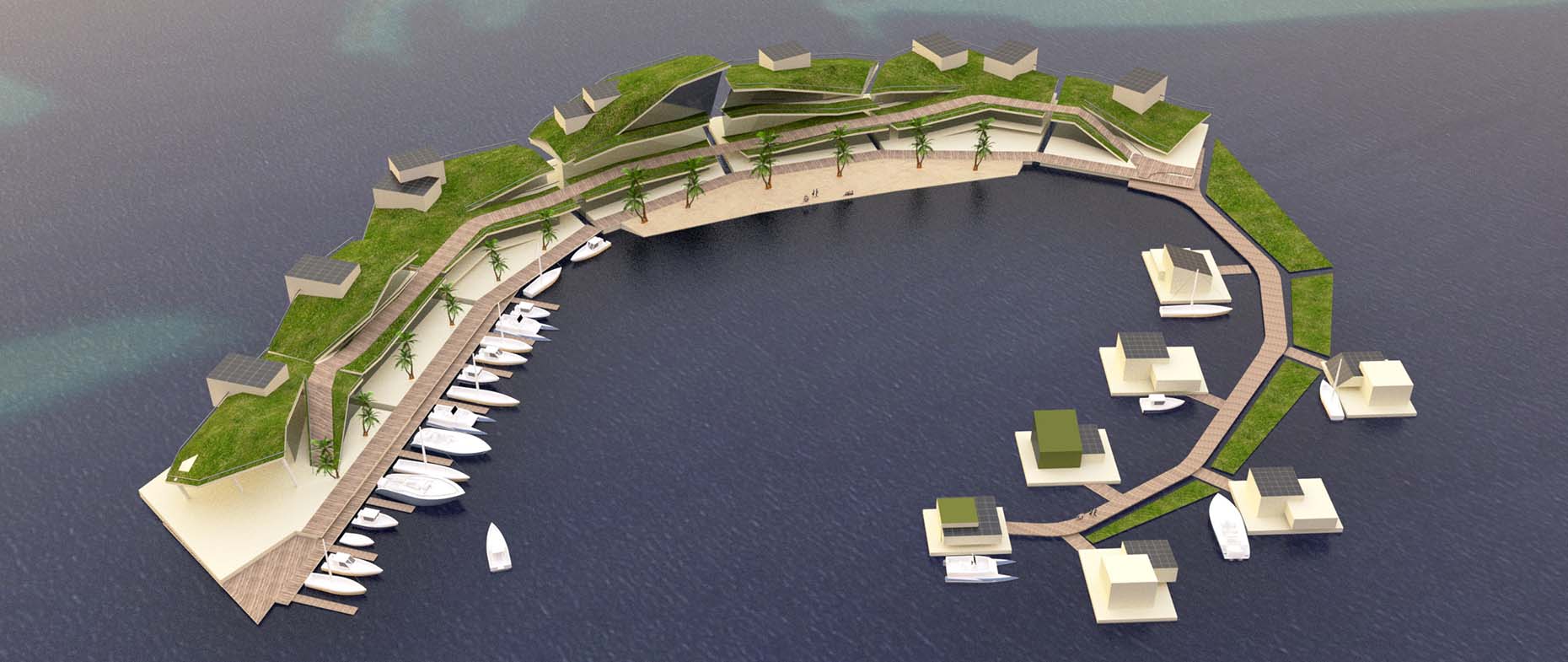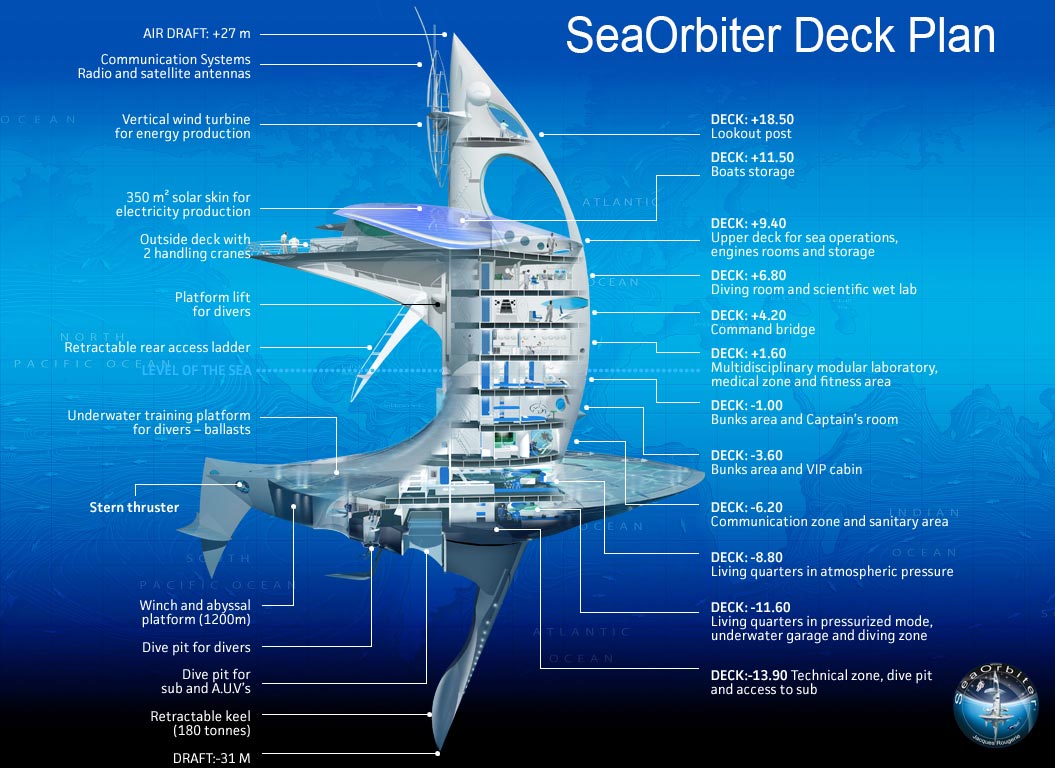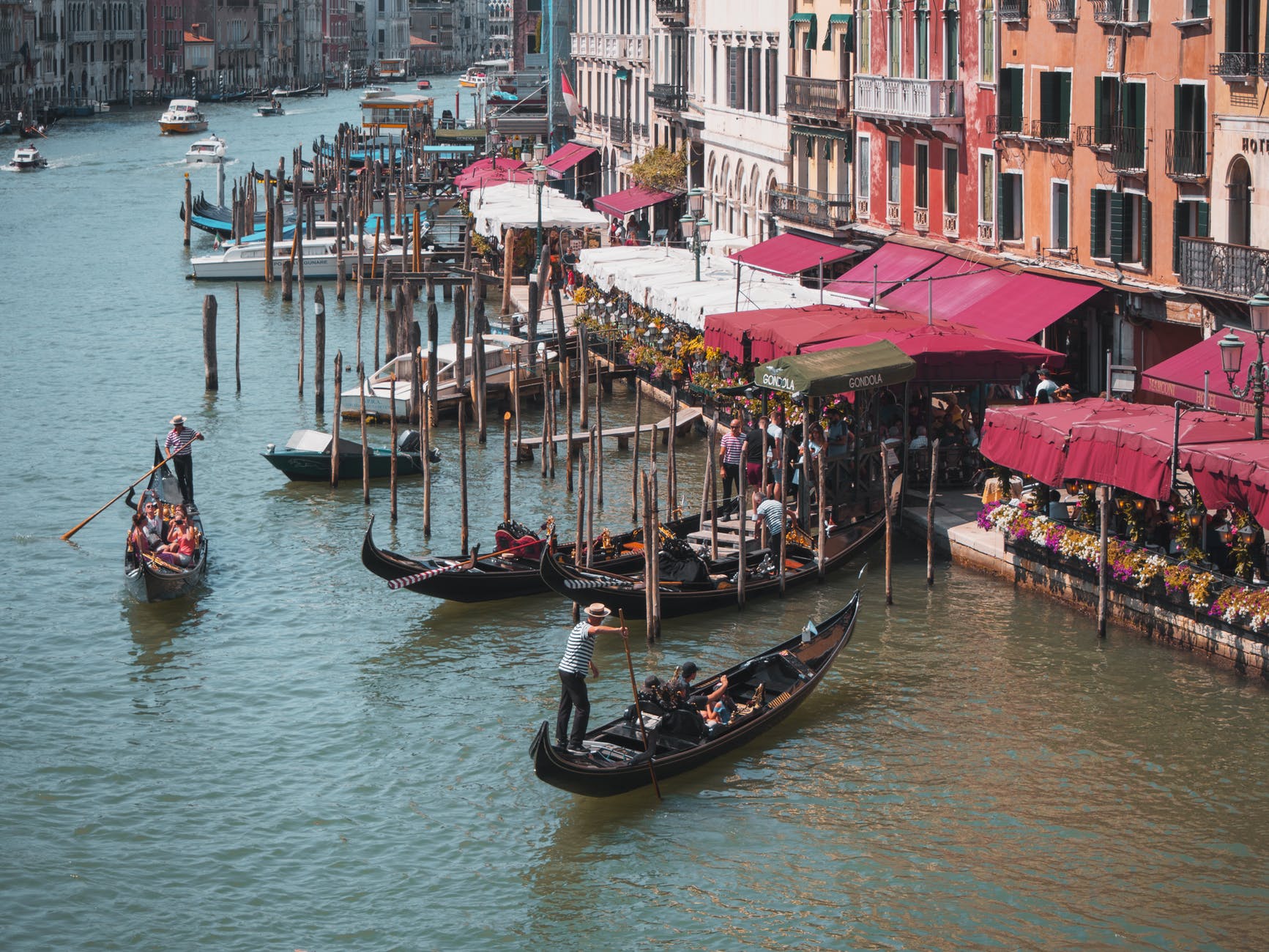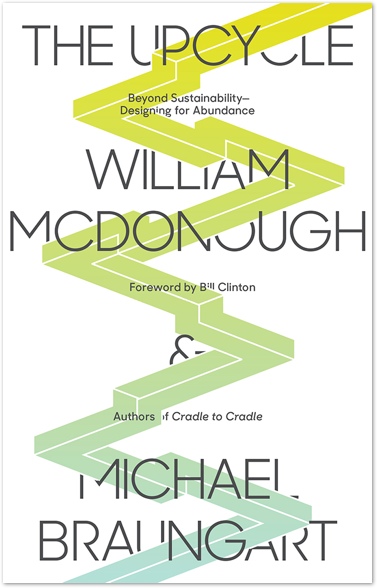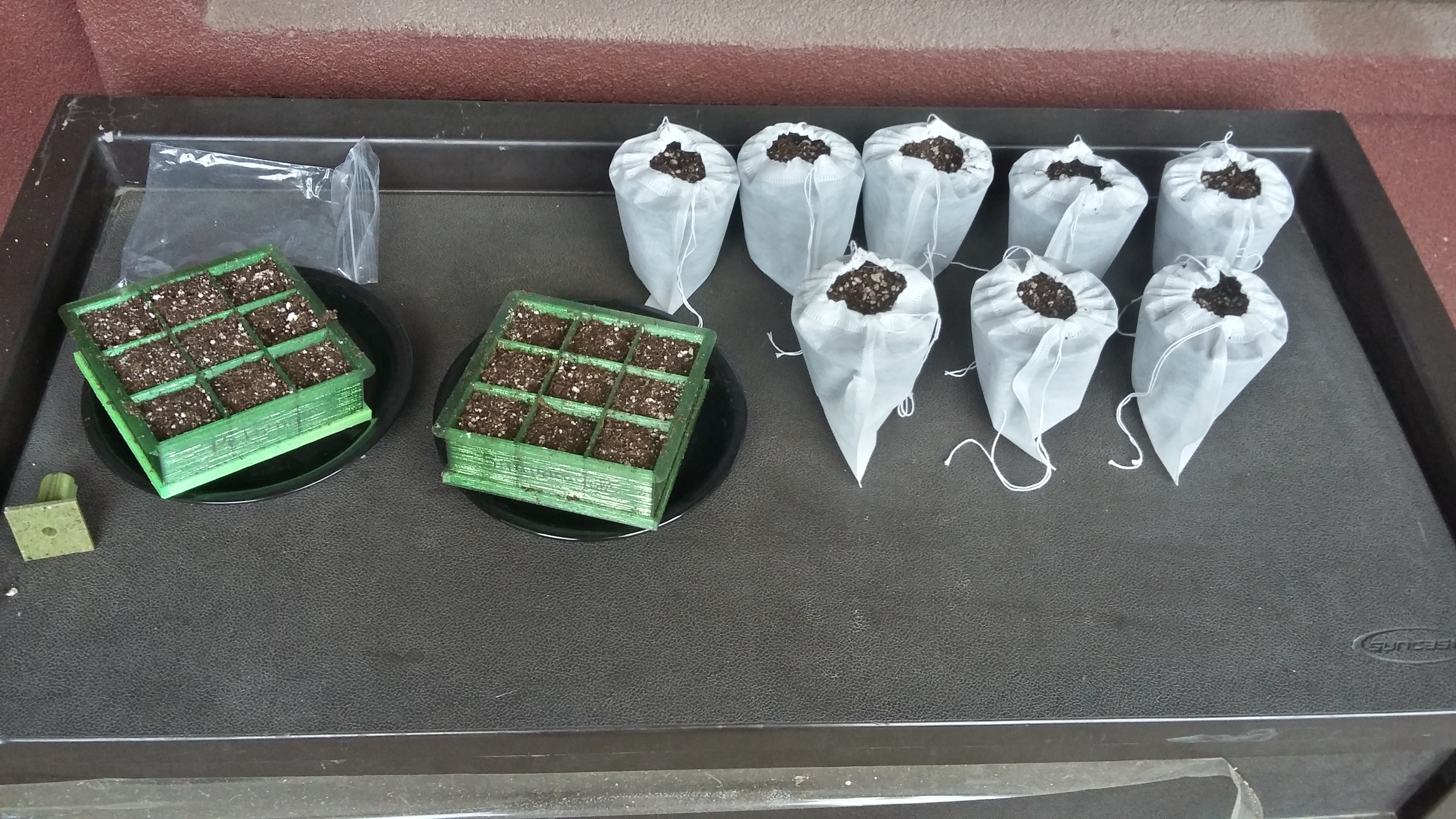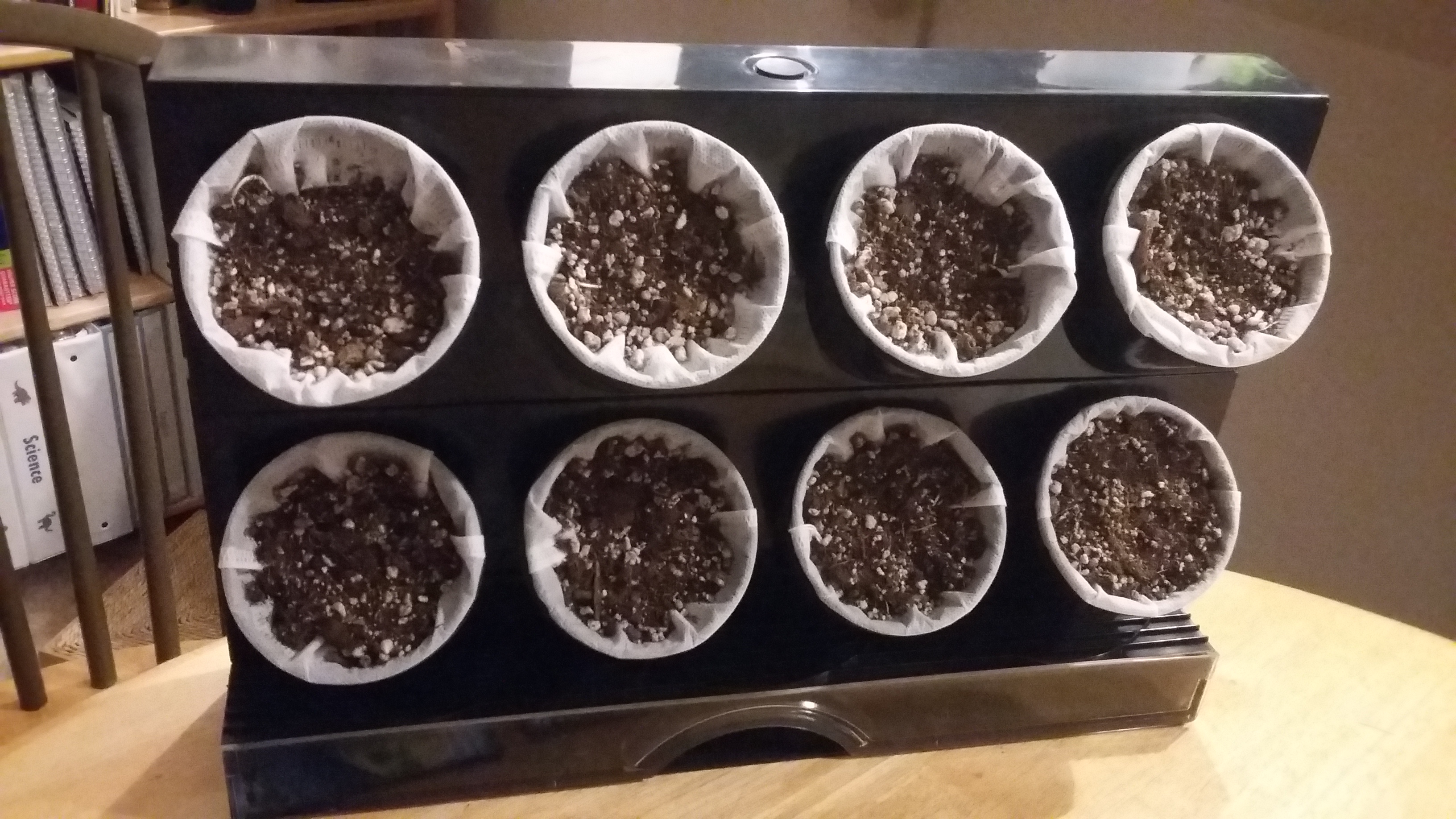
As we enter a new decade, it can be hard to remain upbeat about the future. While I previously addressed some of the things I think define solarpunk, I think the most crucial piece is hope. I won’t get into the distinctions between hopepunk, solarpunk, and their related subgenres (tidalpunk, lunarpunk, etc.), but suffice it to say, in the face of the acceleration of the climate crisis, the pandemic, and decades of dystopian stories in fiction, it’s time for some positive possible futures.
Dystopias have their place in fiction warning against the perils of certain trends in society or potentially dangerous technologies. They can be great foils to techno-optimism, but when all you get are dystopias, it can become difficult to imagine your way out of a crisis. This is no more apparent than what is happening with the current climate crisis.
After decades of dismissal or denial, people are waking up to the fact that the carbon has hit the fan and we don’t have a lot of time left to act if we want to avoid the worst effects of global warming. We’re at a decision point, and after only hearing depressing news from the media and watching movies based on dystopian futures like the Hunger Games or Handmaid’s Tale, it’s no wonder that many are ready to just give up trying to fight what feels like an inexorable foe.
Now, more than ever, we need stories that paint a positive future. People have been bludgeoned to numbness by threats of rising sea levels, increasingly unpredictable weather, and the extinction of many of the other species on the planet. We need to show people that there is hope for the future and that we can still beat this thing. Is it too late for some species? Yes. We’re not going to come out of this unscathed, but if we don’t start acting now we might not come out of the other side at all.
Positive news about efforts in various parts of the world that are actually moving the needle on carbon emissions and other environmental issues is critical. Stories that show how the future could be so much better with clean energy and equitable distribution of materials is a much easier sell than saying certain behaviors or items should be banned. “Theft of Enjoyment” featured as the boogeyman when Republicans incorrectly claimed that the Green New Deal would make hamburgers illegal. As icky as advertising can be, only fitness companies make money by telling people what they shouldn’t have. Showing how much better our possible futures could be will have people running toward something instead of fighting tooth and nail to preserve what they already have, even if it isn’t good for them.

As the near future foil to cyberpunk, solarpunk is here to show us the world we want to have, not the one we’re afraid is coming. Does that mean that solarpunk is free of conflict or struggle? No. Solarpunk isn’t a perfect world, but it is a better, more equitable one. Solarpunk is giving people something worth fighting for which is much more powerful than asking for people to fight against something. In the face of the climate emergency, it can be easy to get overwhelmed, but solarpunk is what keeps me from giving up in the face of imposing odds. As Miguel de Cervantes said, “Too much sanity may be madness — and maddest of all: to see life as it is, and not as it should be!“
How do you maintain your mental health in the face of climate catastrophe? Has solarpunk helped you weather the storm to your psyche as it has me? Let us know below.










